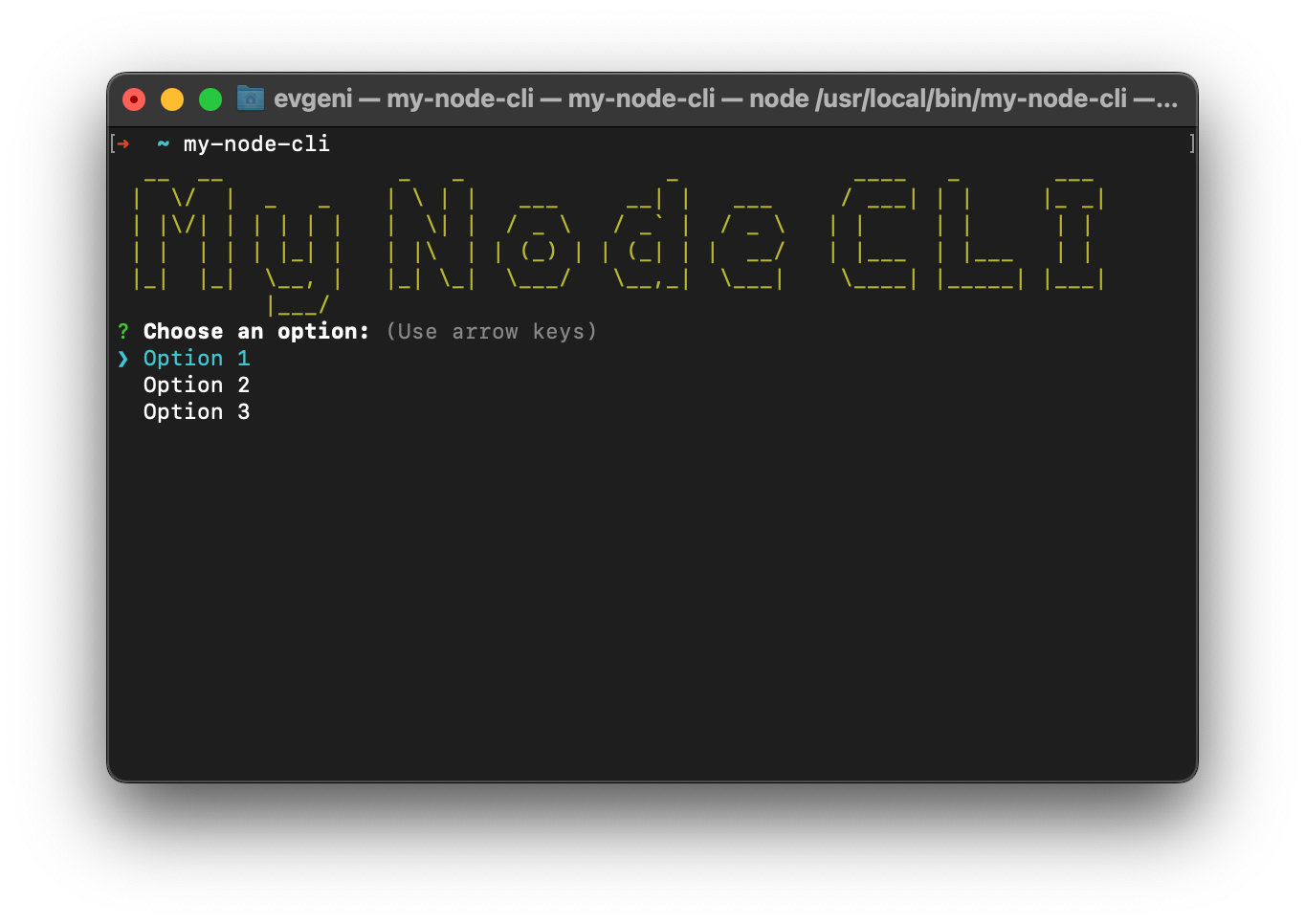Okay, real talk — if you’ve ever built an API and left it open without rate limiting, you already know how bad things can get.
Doesn’t matter if it’s a public API or something internal — once a client (or worse, a bot) starts hammering your endpoints non-stop, it kills your server performance, clogs up logs, and makes your other users suffer. Learned that one the hard way.
Couple of years back, I built this little side project on Express.js. Nothing fancy. Just a simple API serving some data. Forgot to add rate limiting. Woke up one morning and saw my server logs flooded because someone decided to send thousands of requests per minute. And no — it wasn’t a hacker. It was some overenthusiastic dev testing a script with no delay.
Lesson learned.
Why Rate Limiting Matters More Than People Think

Most folks assume rate limiting is only for big APIs like Twitter or Stripe. Not true. Even the tiniest app should have some kind of protection against abuse. Because:
- People make mistakes.
- Bots don’t play nice.
- And cloud bills rack up quick if you’re paying per request.
Plus, when your API slows down for legit users because someone’s sending thousands of requests a minute, you’ve got a serious problem.
Why I Use Redis for This
Now you could store rate limit data in-memory, but it falls apart once you start scaling your app. If your API runs on multiple instances (and it probably will someday), each one keeps its own count. Not good.
That’s where Redis shines. It’s fast, sits in-memory, and being a centralized store, every instance of your app can talk to it. So no matter where a request lands, the rate limiting logic stays in sync. Simple and reliable.
How It Basically Works
I won’t bore you with full code here (because let’s be real — you can find a dozen tutorials for that). But the idea’s dead simple:
- When a request comes in, check Redis to see how many times this IP (or API key, or user ID — whatever you prefer) has hit your API in the past X seconds.
- If they’ve gone over your limit, you block them.
- If not, increment their count and let them through.
You can tweak how strict or forgiving you want to be. Maybe 100 requests per 15 minutes for regular users. Or 1000 if they’re authenticated. Whatever fits your app.
Some Stuff That Caught Me Off-Guard
When I first set it up, a couple of things tripped me up:
- Always account for burst traffic. Someone clicking refresh a bunch of times should hit your limit eventually, but you don’t want to block legit use too early.
- Don’t forget to exclude health checks. Some monitoring tools will ping your API like crazy and you’ll rate limit yourself.
- Return clear error messages. Nobody likes getting blocked without knowing why. A proper 429 status code with a helpful message goes a long way.
Scaling It Properly
Once you’ve got Redis in place, scaling rate limiting is surprisingly easy. Your API servers don’t need to know about each other — they just read and write from Redis. And because Redis is ridiculously fast, it can handle thousands of reads and writes per second without breaking a sweat.
I’ve used this setup on projects that scaled from a few hundred requests a day to tens of thousands per minute, and never had to change a thing.
Is It Bulletproof?
Nope. Nothing is. People will always find creative ways to get around rate limits if they want to. But for 95% of use cases, a Redis-backed rate limiter in Express does the job beautifully. It keeps casual abuse in check, stops unintentional traffic spikes from taking down your app, and saves you from some nasty cloud bills.
And honestly, it buys you peace of mind — which is worth a lot when you’re running production services.
Wrapping It Up
Look, if you’re building APIs on Express.js and you don’t have rate limiting in place yet, do yourself a favor and set it up now. Doesn’t matter if it’s a weekend project or your company’s customer portal.
Start simple. Use Redis. Set reasonable limits. Fine-tune as you go.
visit our more blogs- The Role of Soft Skills in Landing Data Science Jobs


